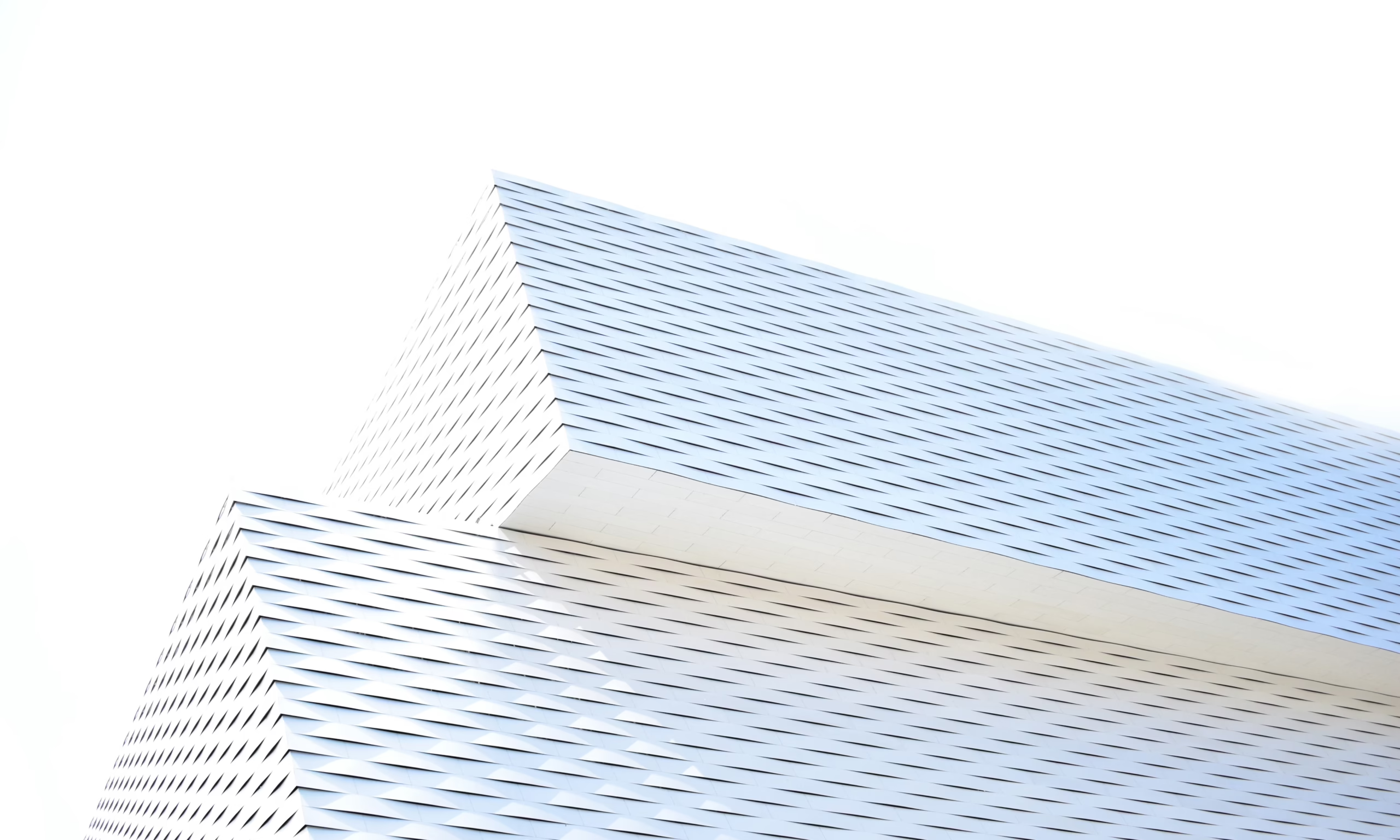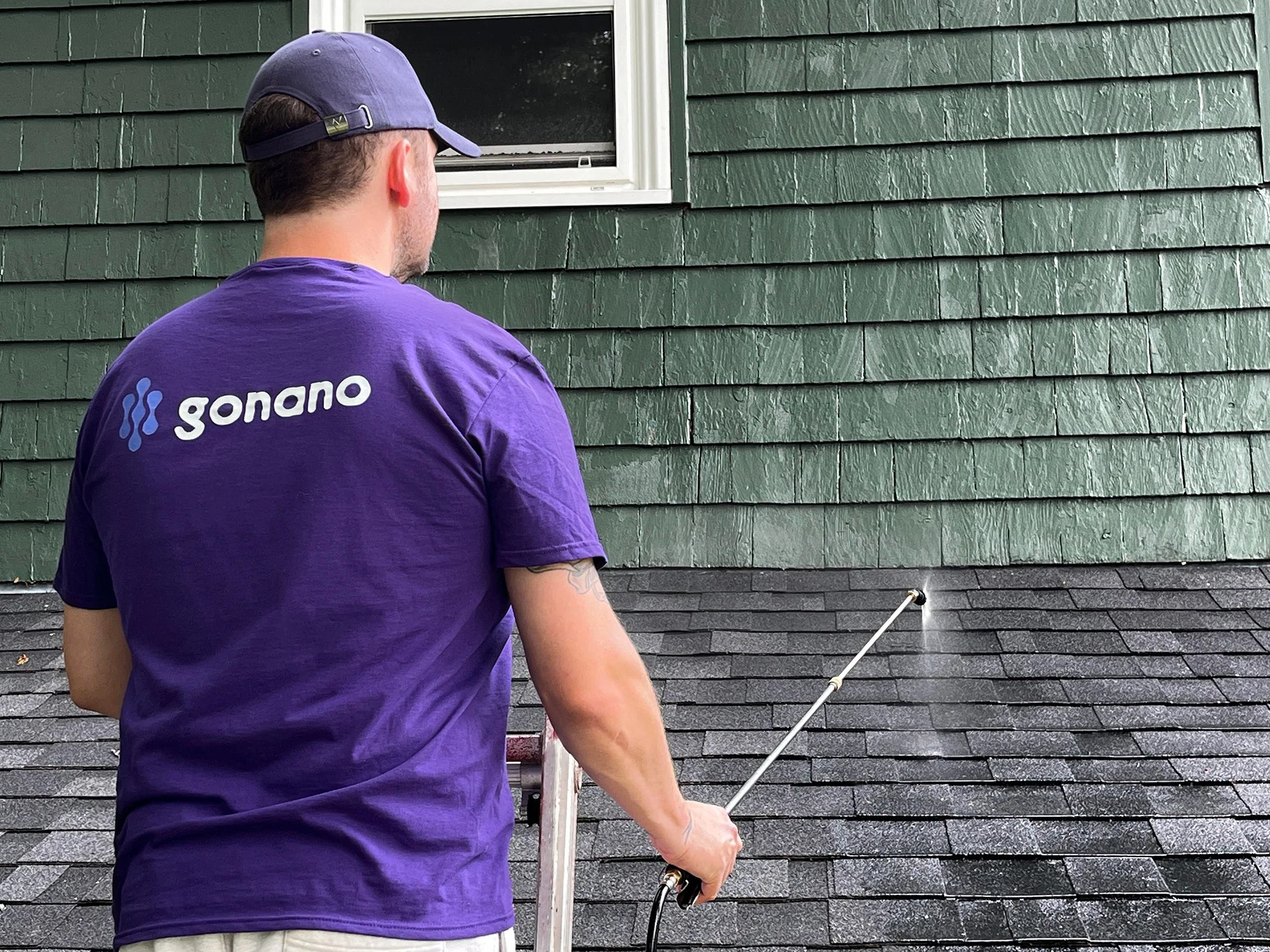Learn how Dallas/Fort Worth weather affects asphalt roofs, the signs of roof aging, and when rejuvenation can delay replacement.
Introduction
Dallas/Fort Worth unique climate can take a toll on your roof. While asphalt shingles are marketed to last 20–25 years under ideal conditions, heavy rain, high winds, salt air and freeze‑thaw cycles can shorten that lifespan. Many homeowners struggle to determine whether their roof requires a full replacement, a repair or whether a rejuvenation treatment could restore its integrity. In this article, we’ll explore the signs of roof failure, explain why Dallas/Fort Worth weather accelerates wear and tear, and outline how Principle Roofing GoNano treatment can be a cost‑effective alternative to premature replacement.
Signs Your Roof May Need Replacement
-
Curling or Buckling Shingles – When shingles curl or buckle, they’re no longer effectively protecting your home from water intrusion. This occurs when the asphalt oils dry out due to years of sun exposure and weather extremes.
-
Missing Shingles – Blown‑off shingles create vulnerable spots that allow rain and melting snow to penetrate. In windy provinces like Dallas/Fort Worth, missing shingles are a common issue.
-
Granule Loss – Check your gutters for an accumulation of shingle granules; these tiny stones protect shingles from UV rays and weather. Significant granule loss exposes the asphalt base and indicates the shingles are reaching the end of their life.
-
Roof Leaks and Stains – Leaks manifest as water stains on ceilings or mold growth in the attic. Persistent leaks typically require more than patchwork repairs.
-
Sagging Roof Deck – A sagging roof suggests structural issues such as rotting decking or trusses. This warrants immediate professional attention and likely replacement.
Why Dallas/Fort Worth Climate Accelerates Roof Aging
Dallas/Fort Worth is known for its powerful Nor’easters and fluctuating temperatures. Wind gusts can exceed 80 km/h, ripping off poorly fastened shingles. Salt‑laden air near the coast accelerates corrosion of metal flashing and nails. During winter, temperatures often hover around the freezing mark, creating freeze‑thaw cycles. Water seeps under shingles, freezes and expands, causing the shingles to lift and crack. Over time, these environmental factors can reduce shingle flexibility and shorten their lifespan.
When Rejuvenation Is a Viable Option
Not every aging roof requires a complete tear‑off. If your roof is structurally sound but the shingles are showing signs of brittleness, Principle Roofing GoNano treatment can restore lost oils and extend life by 10–15 years. The nanotechnology penetrates deep into the shingles, rehydrating them and improving granule adhesion. Rejuvenation costs a fraction of replacement and avoids the environmental impact of sending old shingles to the landfill.
Conclusion
Knowing when to replace your roof is critical to protecting your home. If you’re noticing curling shingles, granule loss or minor leaks, don’t assume replacement is your only choice. Contact Principle Roofing for a complimentary inspection. Our experts will assess whether your roof needs replacement, repair or if it can benefit from GoNano rejuvenation, saving you money and extending your roof’s life.
Dallas/Fort Worth climate can wear down asphalt shingles faster than expected. This post explains how to recognize when your roof needs replacement, including curling or buckling shingles, missing shingles, granule loss, leaks, and sagging.
We explore why coastal conditions, high winds and freeze‑thaw cycles accelerate roof aging and highlight GoNano rejuvenation as an affordable alternative to replacement. The treatment replenishes lost oils and can extend roof life by 10‑15 years at a fraction of the cost.
Contact Principle Roofing for a free inspection to determine if rejuvenation, repair or replacement is right for you



